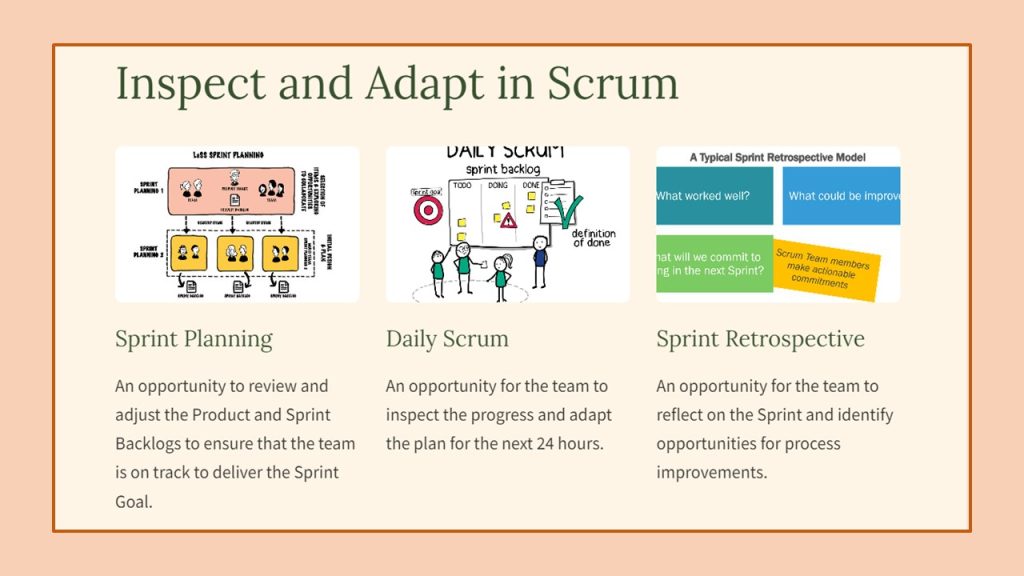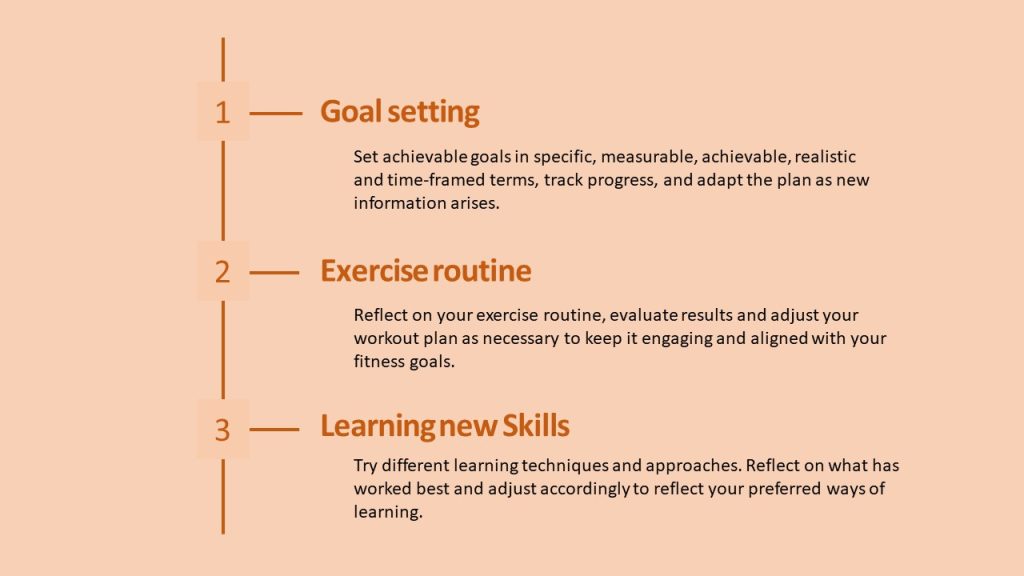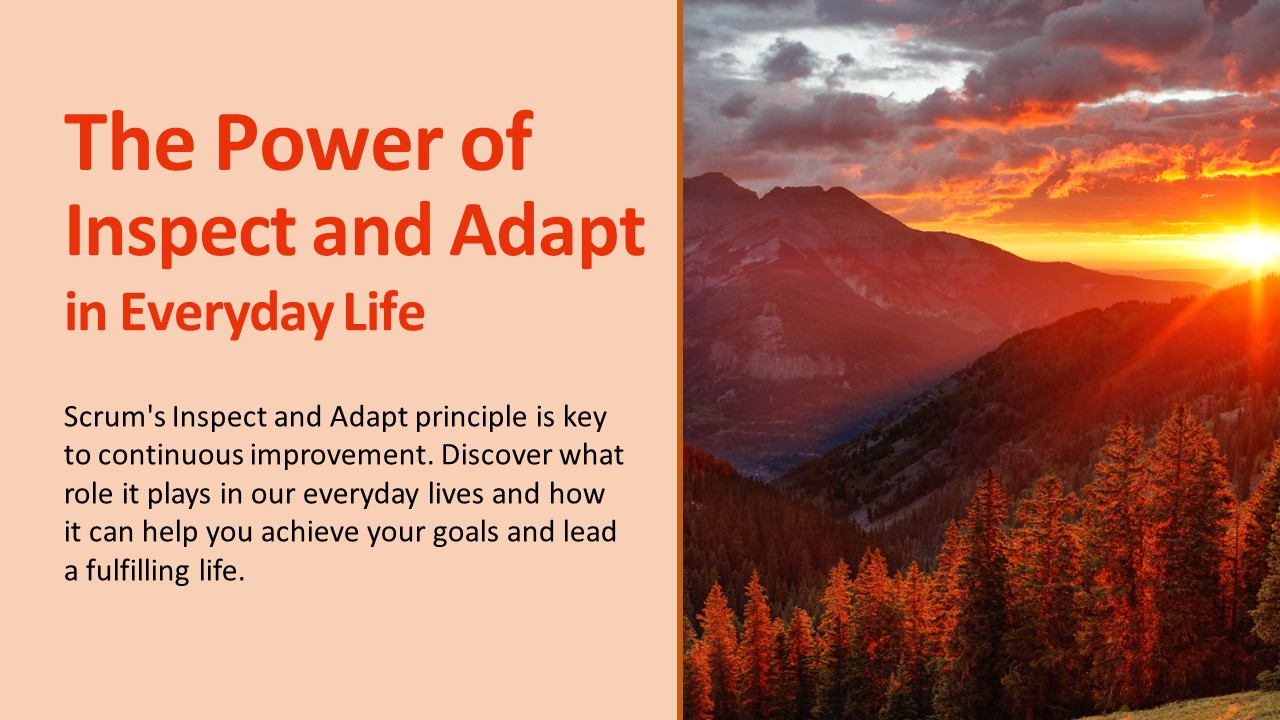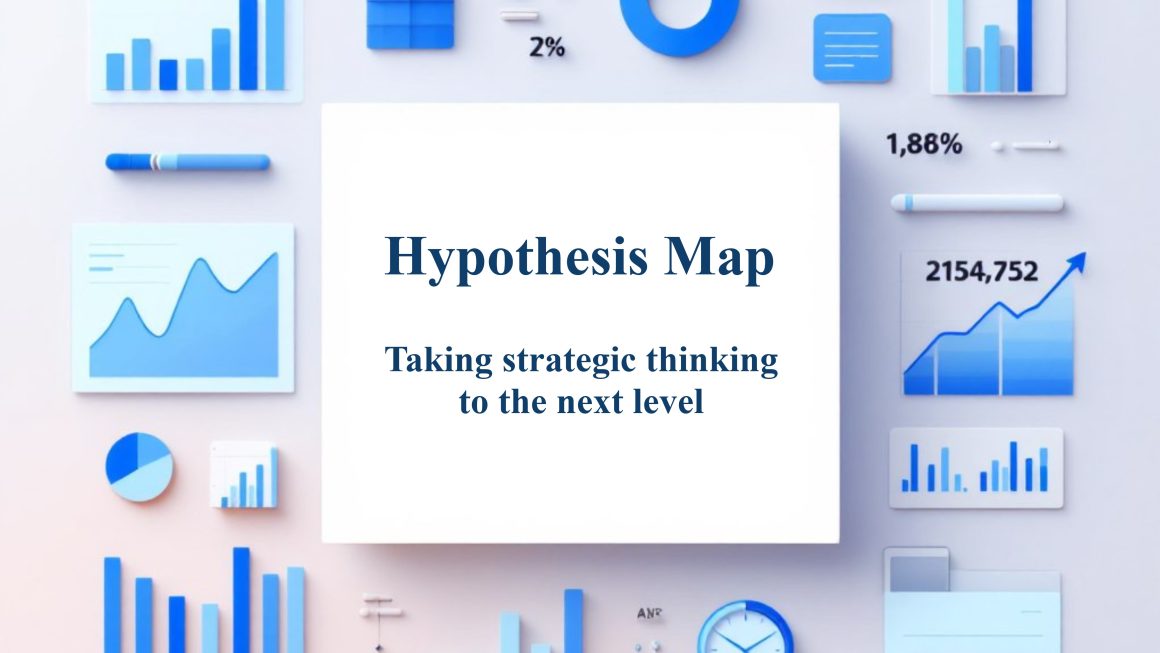Recently, we undertook a refreshing transformation in one of the rooms, shifting the furniture around. The result was a delightful surge of convenience and warmth; the space opened up, granting us more freedom to move. The sofas, now nestled in their new spots, beckoned with an enhanced coziness. It was as if the apartment had been gifted with an entirely new room, brimming with potential. The room’s functionality soared as its aesthetic appeal was elevated. In that moment of newfound harmony, the key principle of Scrum “Inspect and Adapt” echoed in my thoughts, a perfect summation of our endeavor.
What prompted us to reconfigure the layout of the room? There were a few compelling factors. Primarily, we aimed to boost the room’s comfort level. It seemed fitting to test out a different arrangement of the furniture, especially since the previous setup didn’t quite hit the mark on comfort. Isn’t this essentially optimizing for a better user experience?
Scrum is a framework that thrives on the principle of “Inspect and Adapt.”
This iterative approach is not just confined to project management or product development; it can be a transformative way of approaching everyday life.

To “inspect and adapt” is to take a step back, evaluate the current state of affairs, acknowledge what is working and what isn’t, and make the necessary adjustments to improve. This continuous cycle of reflection and change fosters a mindset of growth and flexibility.
There are a lot of myths and misunderstandings about Scrum. Let’s debunk some of the most common ones:

I frequently find myself musing on it when planning new educational pursuits, reconfiguring the layout of my living space, undertaking home renovations or when I’m experimenting with new culinary creations in the kitchen. By the way, I even wrote a post about how to bake pancakes using Scrum.
Well, for example, this simple act of rearranging furniture in the apartment. Initially, the setup might seem adequate, but over time, you may notice that the flow of the room isn’t quite right, or the space isn’t being utilized to its full potential. This is where the “inspect” phase comes into play. By assessing the room’s layout, acknowledging the discomfort, the lack of space or even the desire for a fresh look, you gather valuable insights.
In the “adapt” phase, you take these insights and make changes—shifting the sofa to face a different direction, moving the bookshelf to create more space or repositioning the bed to catch the morning light. These changes aren’t just about aesthetics; they are about enhancing the quality of living. Much like in Scrum, where adjustments are made for the betterment of the product and team performance, in life, these changes aim to improve your daily experience.
The personal experience of rearranging furniture is a testament to the power of experimentation. By giving yourself permission to try new arrangements without fear of making mistakes, you open up the possibility of improvement. The result is not just a more pleasing environment but also a boost in mood and convenience. The act of changing your space can lead to a significant impact on how you feel and operate within your home.
Inspect and adapt is a core principle of Scrum that can be applied beyond just project management.
Here are some ways to use it in your personal and professional life:

In essence, “Inspect and Adapt” is about embracing change as a tool for personal betterment. Whether it’s reorganizing your living space, altering your daily routine or adjusting your goals, this principle encourages a proactive and responsive approach to life’s challenges and opportunities.
By applying this Scrum principle to everyday life, we learn to live more dynamically, responsive to our evolving needs and aspirations. It teaches us that by regularly examining our habits, environment, and practices—and being willing to make changes— we can continuously enhance our lives, much like how one would fine-tune a process or product in the Agile world.
To my mind, this principle is universal and can be applied beyond personal experiences to a wide range of scenarios in life, encouraging growth and continuous improvement.
What do you think?
Do not hesitate to contact me on Telegram or at LinkedIn – just click one of these words.




